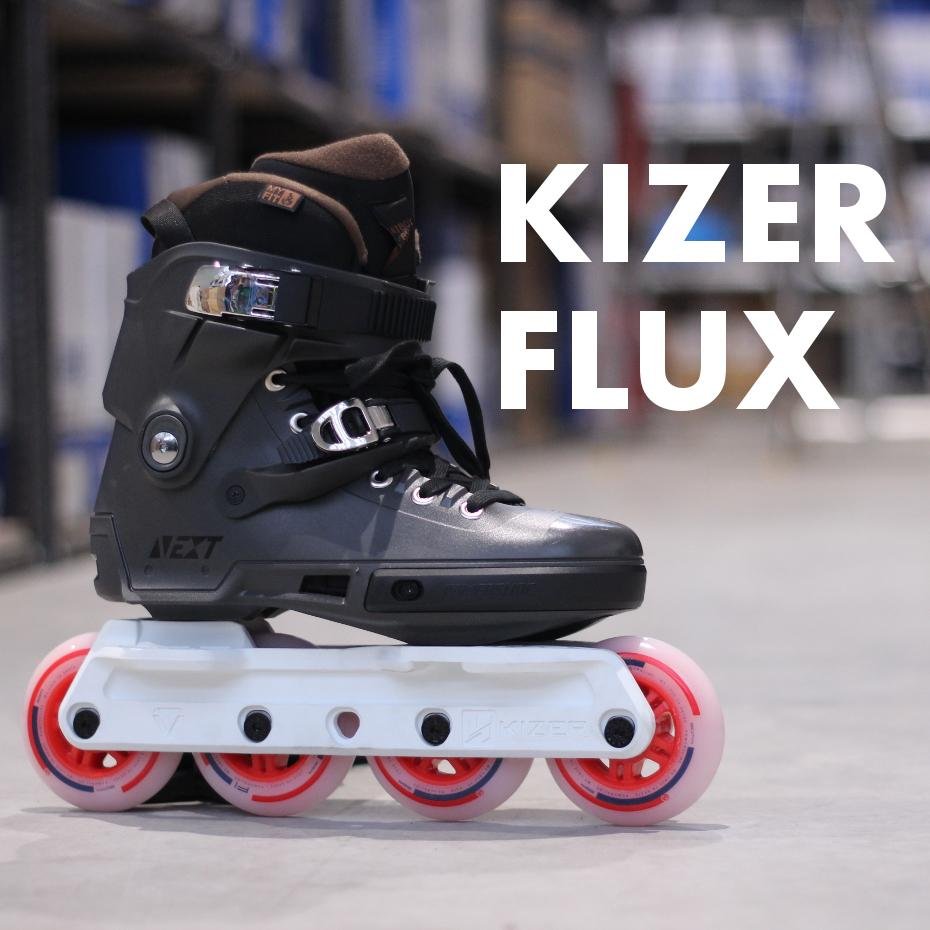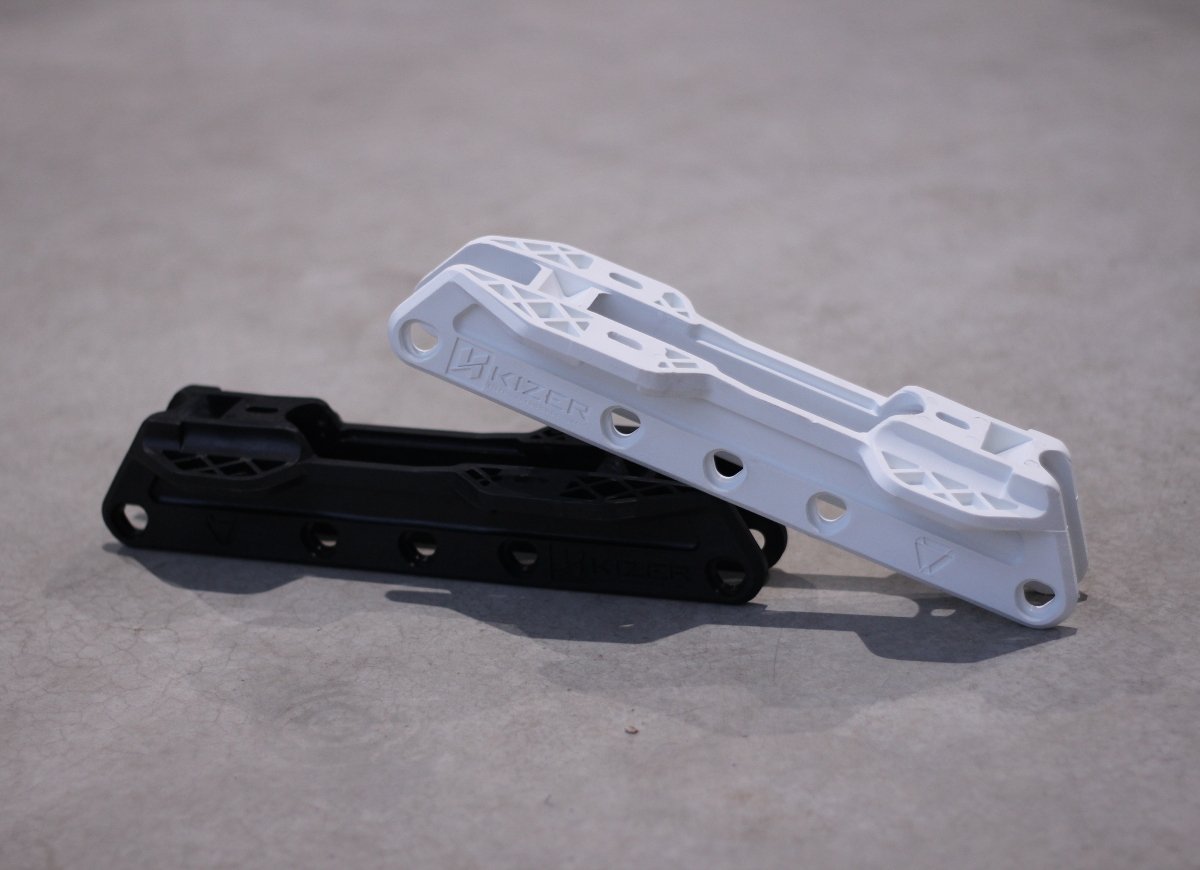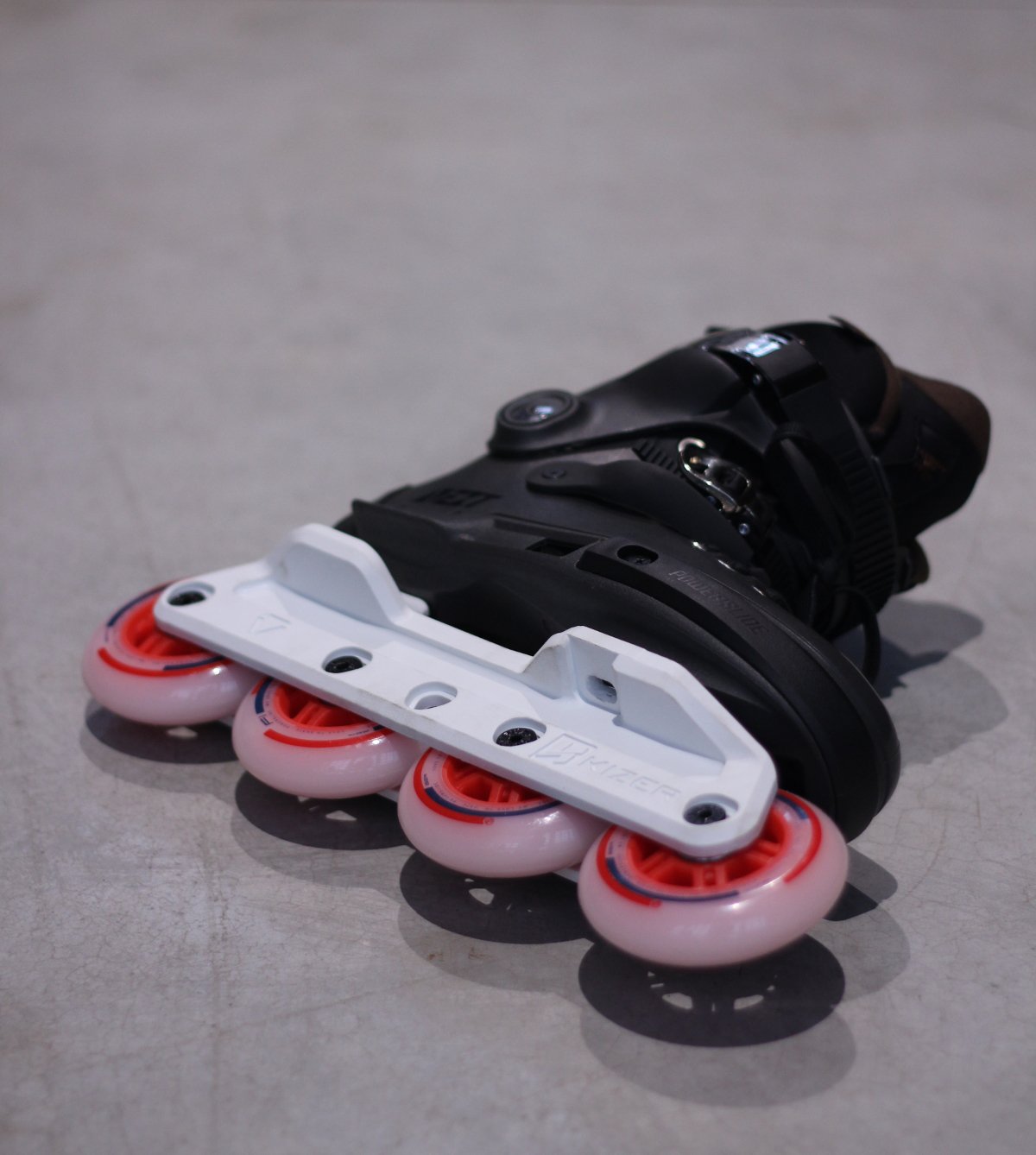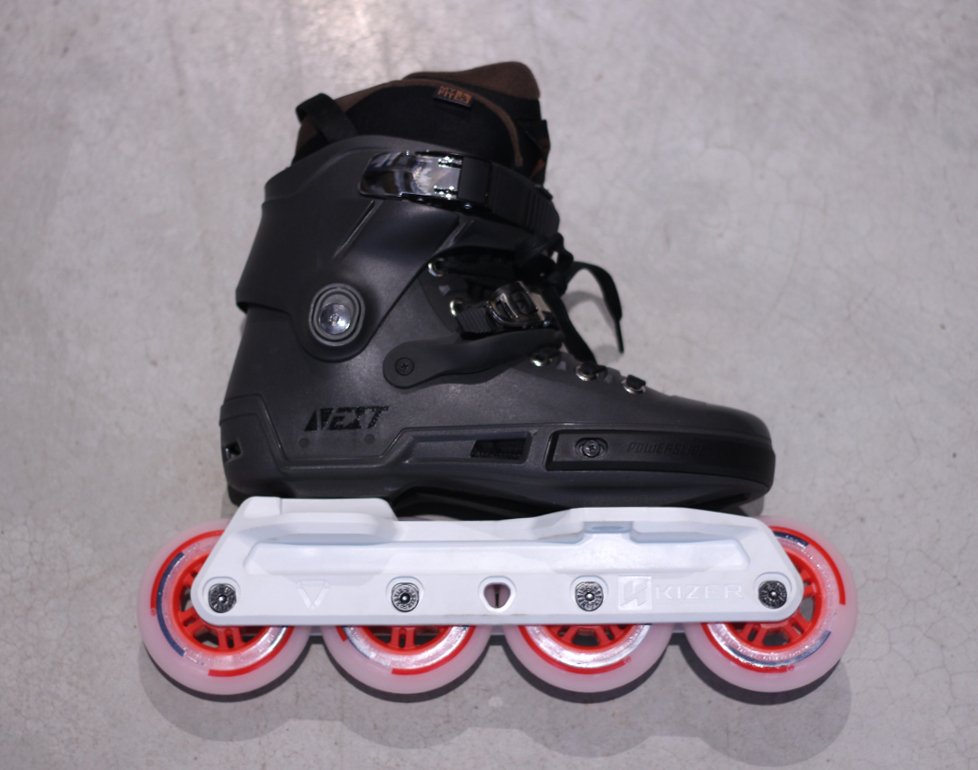Stop being too serious - just skate.
Inline skating is certainly a diverse sport and hardware manufacturers constantly try to surprise audience with new inventions. Looking back at history of our beloved hobby (or perhaps – a lifestyle?), there were multiple examples of things that can only be described as weird, nonsensical or even unnecessary.
There are far too many examples to list them all, so we’ll mention only a few. Rollerball, skates from beginning of 90’s, which had two balls instead of wheels. Pumped liners – an idea copied from sneakers, which turned out to be nothing more than a gimmick in skates. Or, maybe do you remember suspension frames - no, not the Fiziks, Kizer Suspension or CRS (aggressive frames) – the ones in old rec skates. There’s a high place in our list reserved for bearings which were made to generate additional friction and make skating harder, for more intense training.
Let’s be honest here – when it comes to releasing products based on outlandish ideas, Powerslide and their brands are in front of the pack. Truth is we quite like the fact there’s no one in German company who would tell their "mad inventors" to stop fooling around and focus on what makes the most money (or at least no one who they would listen to). Thanks to it, from time to time truly unique things hit the market, shifting direction where skating is heading, if we are lucky.
For example, if PB frames wouldn’t happen (especially Kizer Level 2) most likely we wouldn’t have a flood of frames made for skating flat setups in aggressive today.
It’s safe to say that Kizer Flux won’t have anywhere near as much impact on skating. On the other hand – it’s far from being a failure like old Kizer Armortech frames (google them at your own risk!).
Kizer Flux frames – what’s the fuss about?
About a decade ago, such frames would seem completely out of place – they aren’t for aggressive and at the same time are not really typical frames for freeskating. Currently though, we have a lot of frames that blur the line between the two styles to choose from. Surely, releasing another one seems counterproductive, right? Here’s the catch – Flux are not UFS.
What separates Kizer Flux from the rest of the pack is the Trinity mounting. Trinity frames market is a totally different landscape to UFS – no one has released a frame for what can be called “extended freeskating” for this mounting standard. It is a first Trinity frame accommodated for grinding obstacles. It’s highly probable that you’ll ask what even the point is if no Trinity based boots have a soulplate. A quick look at the frame makes everything clear.
As you can see, Kizer Flux have built-in mini soulplates to grind on. These are pretty small, mind you, but the goal is not to convert your Next, Tau or Zoom in to aggressive skates, but rather allowing you to mix in basic grinds like makio and soul in to your ride.
Second feature worth mentioning is versatility when it comes to wheel setups: you can use Flux with 4x90 or 3x100 configurations. In terms of how fast you can go, two of them are comparable, but ride differently. Turning is a bit easier on three wheels, but ride feels smoother on four wheels down. 4x90 is heavier, but gives you better impact dampening on landings. 3x100 is better for cruising long distances due to reduced weight. Choosing between is a matter of preference.
The best bit we have saved for the last: rockering. Special frame spacers allow you to change wheels position in relation to each other. If you are brave, you can go for rockered 3x100, but best use scenario for this feature is with 4x90. 273mm long frame, 90mm wheels, rockered …reminds you of something? If words like “Wizard” or “Mushroom” do ring the bell, you have guessed right.
Kizer Flux, to put it simply, is a frame which allows you to (among other things) taste a bit of style similar to what our favourite Canadians express in their skating. Powerslide deserves a shout out here for playing it fair: with their manufacturing capacity, they could easily create a cheaper clone of Wizard NR90 for UFS, but decided to use similar idea to create a product for different audience instead.
In the end, Kizer Flux is more of an entry-level option and one for different mounting system entirely – being heavily targeted towards freeskaters instead of aggressive skaters. Thus, it doesn’t really compete with Wizard frames for audience and maybe even will convince some skaters to make a jump to setups with Leon Basin’s creations.
To buy or not to buy?
Kizer Flux may seem like a bag of completely random ideas that barely work together, even like a product for no one, but after skating them for a while one cannot deny them specific charm. They are solid, rich in opportunities and do not cost a small fortune.
Skating is first and foremost about enjoying what you are doing. Not everything must always make sense and be tailored with laser precision for certain skating style. Nor it must follow a path paved long ago. Sometimes it’s enough if a piece of gear lets you have dumb fun and go nuts on your skates. Kizer Flux falls in to this category. It can be said that what we are looking at here, are frames that no one asked for, no one expected, but still – we are glad they’ve came out. We quite like them for what they are and think a lot of you will, too, if you give them a chance.





